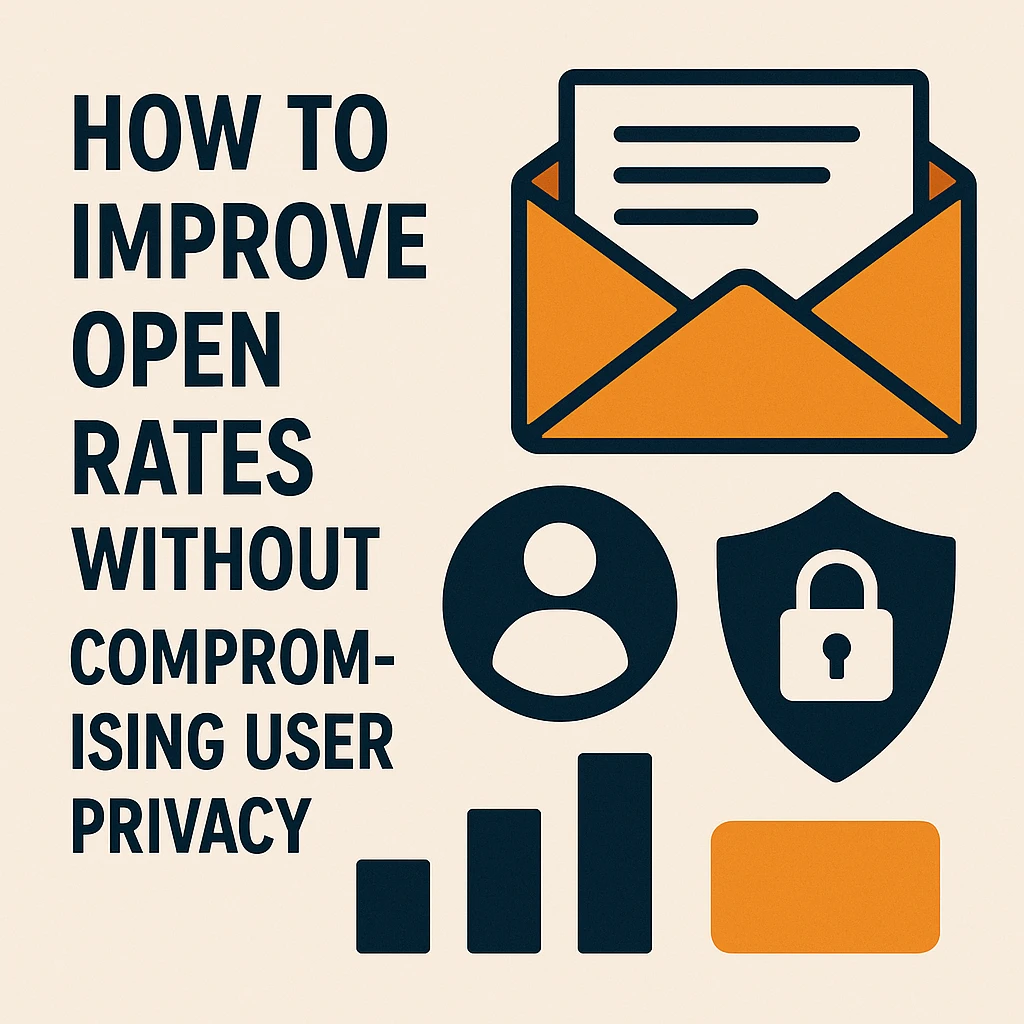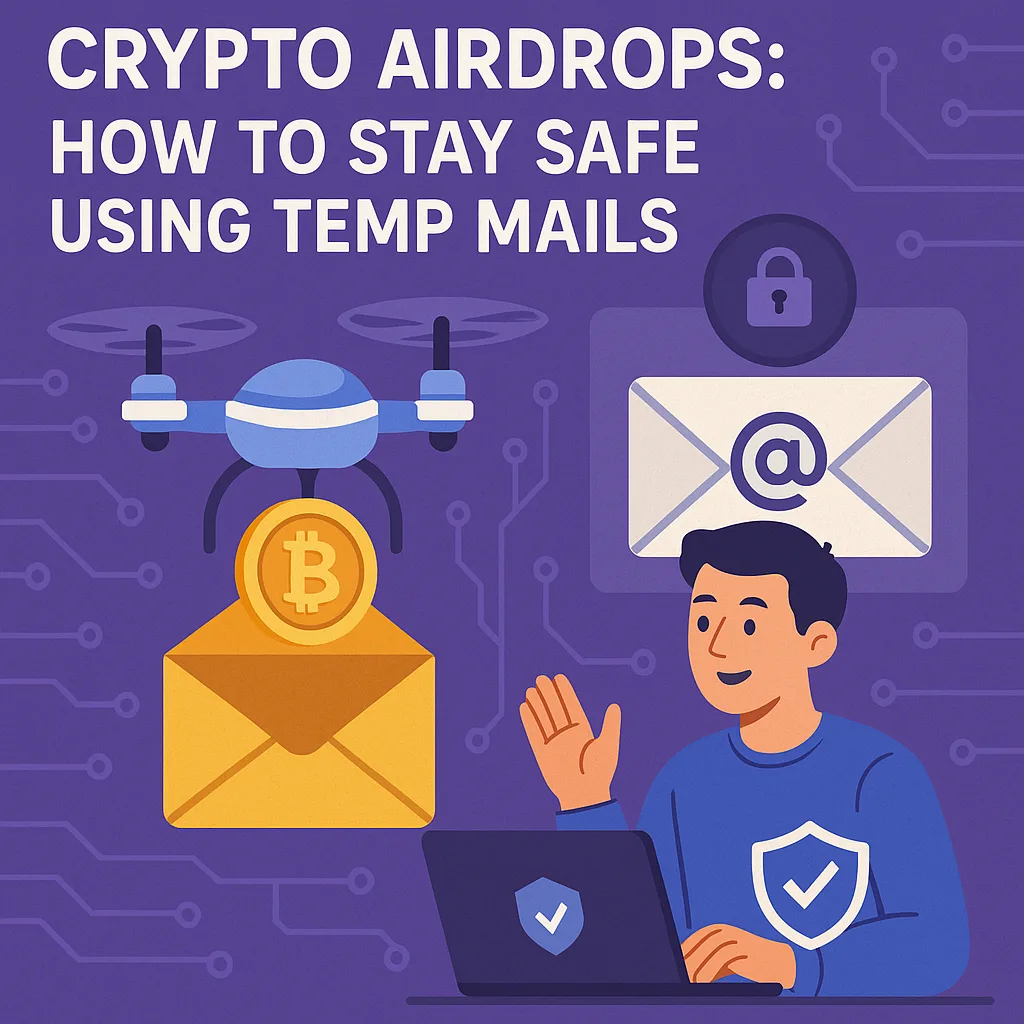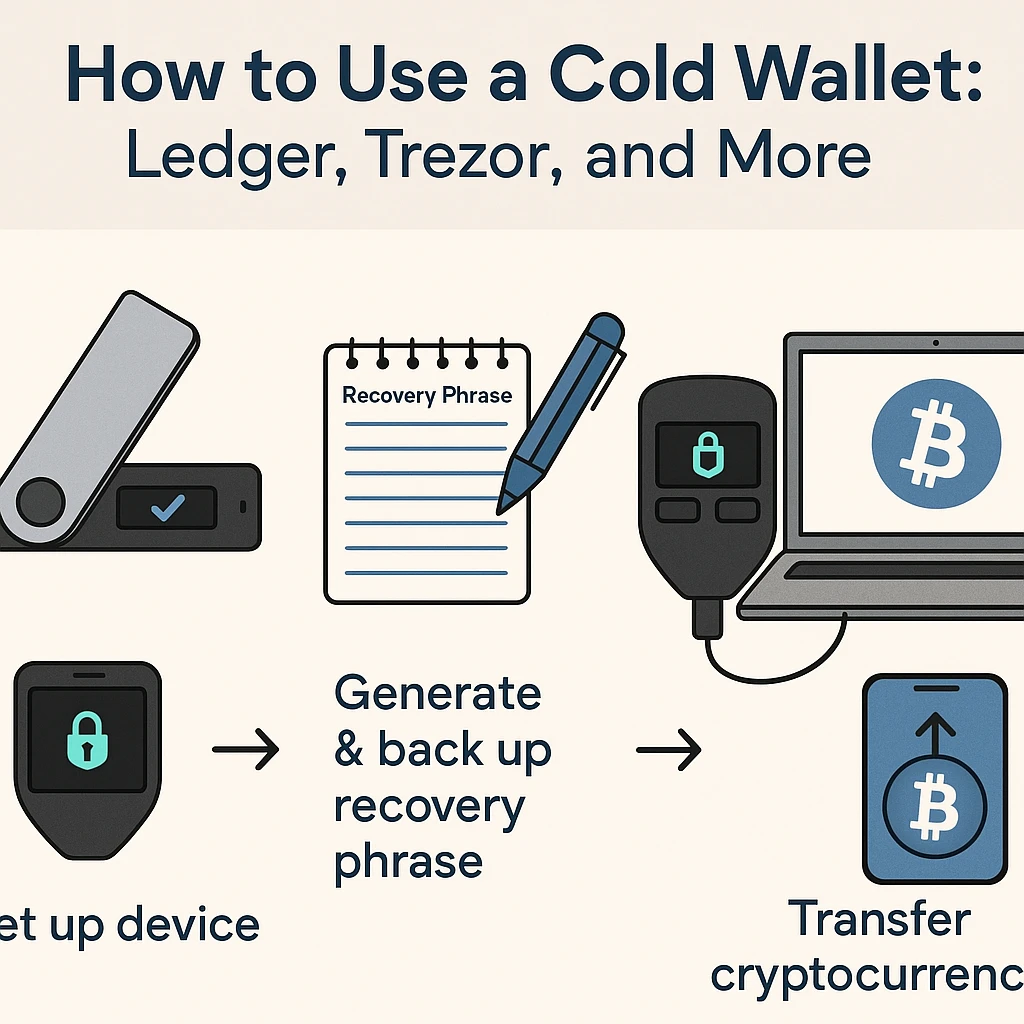One of the most effective digital communication tools is still email marketing. It provides a high level of personalization, direct access to audiences, and an unrivaled return on investment. However, marketers face a significant challenge in this privacy-conscious era where users are more aware of data tracking and surveillance: How can you increase email open rates without violating user privacy?
This blog will examine moral tactics that uphold the privacy rights of your subscribers while increasing email engagement. Learning how to strike a balance between efficacy and privacy is now crucial for long-term trust and performance, regardless of whether you're a tech marketer, startup, or crypto project.
Why Email Privacy Matters More Than Ever
In recent years, several developments have pushed privacy to the forefront of email marketing:
📌 Apple's Mail Privacy Protection (MPP)
Apple's Mail Privacy Protection, which was introduced in 2021, hides IP addresses, blocks open tracking pixels, and keeps marketers from knowing if an email has been opened.
📌 GDPR, CCPA, and Other Data Laws
Legislation in the EU, California, and other jurisdictions mandates strict rules about personal data collection, consent, and storage.
📌 User Awareness
People are more privacy-savvy than ever. Unwanted tracking or intrusive targeting can quickly erode trust and lead to unsubscribes.
Therefore, marketers must adapt—not by circumventing these protections, but by building trustworthy, transparent, and performance-driven email strategies.
What Is Email Open Rate and Why It Still Matters
The open rate is the percentage of recipients who open an email campaign. It is calculated as:
Open Rate = (Number of opens ÷ Number of delivered emails) × 100
While it's not the most reliable metric anymore—especially due to privacy changes—it still serves as a general indicator of:
-
Subject line effectiveness
-
Timing
-
Audience interest
The key is to optimize for opens ethically, without compromising subscriber data.
Privacy-Friendly Tactics to Boost Open Rates
Let’s dive into methods you can use to increase your open rates while keeping user privacy intact.
1. Segment Your Audience Thoughtfully (Without Over-Surveillance)
Use permission-based segmentation, behavioral tags, and explicit preferences in place of over-tracking. Inquire with your subscribers:
-
What topics they care about
-
How often they want emails
-
What format they prefer (e.g., plain text vs. rich HTML)
📌 How it helps: Tailored content naturally boosts open rates because users get messages they want to read.
2. Craft Clear, Compelling Subject Lines
Your first impression is conveyed by your subject line. Steer clear of clickbait and deceptive language that might get you an open but make you lose trust.
Do:
-
Personalize with names or interests (if you have permission)
-
Use clear value propositions
-
Keep it short (under 50 characters)
Don’t:
-
Use deceptive language
-
Write in all caps or overload emojis
-
Use misleading urgency like “Final Warning” without context
📌 Privacy respect: No tracking needed. Just strong copywriting.
3. Test Send Times (Respectfully)
Use A/B testing based on broad time categories (e.g., mornings vs. evenings) or by asking users when they prefer to be contacted, as an alternative to invasive time-zone tracking.
📌 Why it works: Testing timing can significantly improve open rates, and doing so anonymously still delivers actionable insights.
4. Use Consent-First Personalization
Users are more likely to open emails that feel tailored—but only if personalization is done ethically.
How to personalize without violating privacy:
-
Let users self-select preferences during sign-up
-
Use forms to collect relevant (but optional) information
-
Don’t scrape data or track without consent
📌 Result: Better engagement without secretly collecting user data.
5. Use Plain Text or Minimal HTML Emails
Over-designed emails can trigger spam filters and appear overly commercial. Plain text emails:
-
Feel personal
-
Load faster
-
Bypass spam folders
📌 Privacy bonus: Plain text emails naturally fit with privacy-first strategies because they don't use tracking pixels for styling or monitoring.
6. Avoid Over-Reliance on Tracking Pixels
With Apple MPP and other security measures, traditional tracking pixels that record when an email is opened are losing their dependability.
📌 Better alternative: Focus on click-through rates (CTR) and reply rates—metrics based on user action, not surveillance.
7. Provide Value in Every Email
Trust is developed by consistent value. Even without sophisticated personalization, people will open your emails if they believe they are informative, entertaining, or helpful.
Ideas:
-
Weekly tips or educational series
-
Exclusive subscriber-only content
-
Free tools or templates
-
Curated news relevant to their interests
📌 Privacy-safe strategy: Quality content = more opens, no tracking required.
8. Respect Opt-Outs and Preferences
Make it simple for subscribers to unsubscribe or request fewer emails. Feeling in control increases the likelihood that users will continue to subscribe and read subsequent emails.
Tips:
-
Include preference centers
-
Offer digest options (e.g., weekly instead of daily)
-
Use clear unsubscribe links
📌 Privacy commitment: Transparency and user control foster long-term open rates.
9. Use Double Opt-In
This guarantees that the recipient genuinely wants your emails, which lowers spam complaints and raises open rates. Instead of creating a large list, you will create a list of active users.
📌 Ethical advantage: Double opt-in shows you're serious about consent.
10. Integrate Temporary Email Awareness
A surprising number of users sign up using temporary email services like:
These are useful for trying out services anonymously, but often result in disengaged subscribers. To combat this:
Solution:
-
Offer value beyond the first email (e.g., free reports, newsletters)
-
Politely ask users to confirm their real email after a few days
-
Use temporary email awareness to filter or segment sign-ups
📌 Privacy smart: Recognize the role of temp emails without penalizing cautious users.
Metrics Beyond Open Rates
Due to privacy protections, open rates are no longer the sole measure of success. Shift your focus to:
-
Click-Through Rate (CTR)
-
Reply rate
-
Conversion rate
-
Time on site after click
-
Unsubscribe rate trends
These offer a more honest view of whether your emails are working.
Final Thoughts: Ethical Engagement Wins
It is not only feasible but also the future to increase email open rates without jeopardizing user privacy. Concerns about user data are shaping the world more and more, so marketers need to shift to open, considerate, and successful tactics.
Here’s a quick summary of what works:
✅ Segment based on consent
✅ Write great subject lines
✅ Avoid pixel overuse
✅ Provide real value
✅ Embrace privacy-first tools
✅ Adapt to changing metrics
At the end of the day, respecting your users' privacy builds trust—and trust is the best engagement strategy of all.




Leave a Reply